DOT Reasonable Suspicion Checklist – [Updated for 2023]
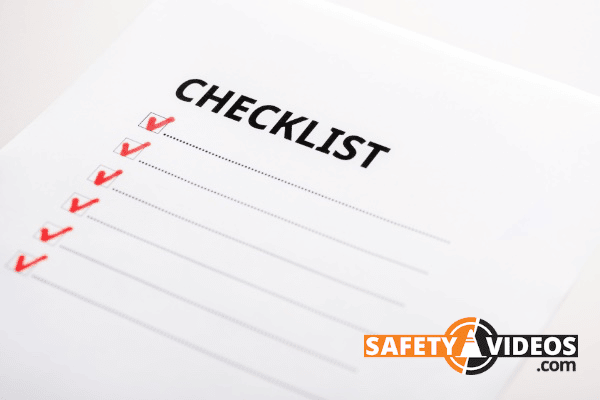
The Department of Transportation is responsible for the safe transportation of individuals at all times. A federal or state employee under the influence can harm themselves and others.
So, how do you regulate a formal drug and alcohol test without legal consequences?
This short guide will showcase a checklist of what to look for when confronting someone under reasonable suspicion of drug and alcohol use. We also have a DOT Reasonable Suspicion Training program that you should look into.
Why You Should Have A Reasonable Suspicion Checklist On Hand For Supervisors
In 2022, FMCSA and DOT rules and regulations allow any supervisor with reasonable suspicion to intervene. You are authorized and encouraged to seek solutions. These laws promote a drug an alcohol-free environment.
An employer must uphold a drug testing program to prevent future accidents or innocent deaths. If there is any reasonable doubt, employees or their supervisors should contact a manager, their Human Resources Department, or another person in charge.
The employer can take steps to limit any accidents and stop drug and alcohol use.
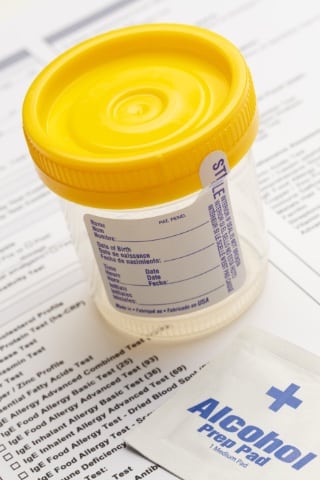
The Proper Context For Reasonable Suspicion Testing
Ensure your business or company policy meets the FMCSA requirements. Sending a driver for a drug and alcohol test is not easy. You must understand what goes into administering a drug or alcohol test.
Determining that a driver should be sent for reasonable suspicion testing is a supervisor duty addressed in the Federal Motor Carrier Safety regulations. Under these regulations, all individuals designated to supervise drivers must receive training on alcohol and controlled substance misuse.
This training can help determine whether reasonable suspicion exists. This will require the driver to undergo a drug consultation.
Understanding The Reasonable Suspicion Process in 2022
The reasonable suspicion checklist consists of five essential elements.
In 2022, any Federal Motor Carrier Administration, or FMCA and DOT trainee, must have at least two hours of training. This includes 60 minutes of drug training and 60 minutes of alcohol training. These elements include:
Observing The Signs of Intoxication
First, observe the behavior and appearance of an individual. Observation includes looking out for context clues or signs of intoxication at work. You must be prepared to observe and describe these observations of how a driver:
Looks – Perhaps the driver has alcohol on their breath.
Acts – Their behavior may be erratic and illogical.
Talks – There may be slurred speech or trouble communicating due to fast talking.
Smells – Body odor from neglect can cause a stench that can be apparent.
An individual’s appearance can give you many clues. For instance, the driver may have impaired vision. This can be visible through dilated pupils. Their eyes can also be bloodshot, alluding to a burst blood vessel.
In addition, the driver may be physically incapable of maneuvering around the workplace. They could be stumbling or losing balance or hand/eye coordination.
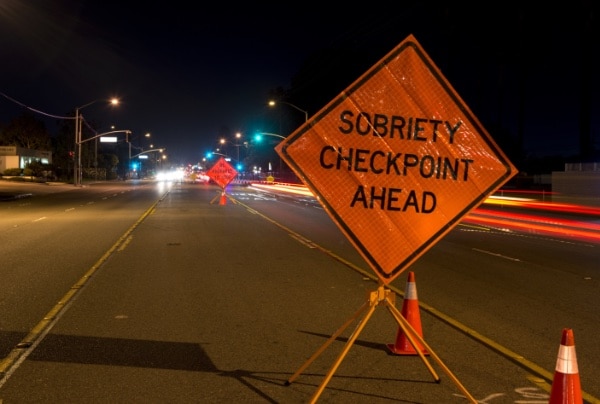
Confirming The Action
Double-check whether these signs and symptoms appear. Reasonable confirmation involves supervisors familiarizing themselves with behavior and visual clues that allude to substance abuse.
Seek guidance from your HR department to ensure you follow the best practices to ensure a drug-free workplace.
Documenting The Causes
Some policies allow employees to admit to their wrongdoing and seek help. But admission is not enough to handle a case. Employees cannot escape the reasonable suspicion test.
Documenting this action through a suspicion checklist can help HR or management keep track of the driver’s behavior. These must be specific details about the employee’s behavior or appearance. Also very important is to learn how to document your reasonable suspicions.
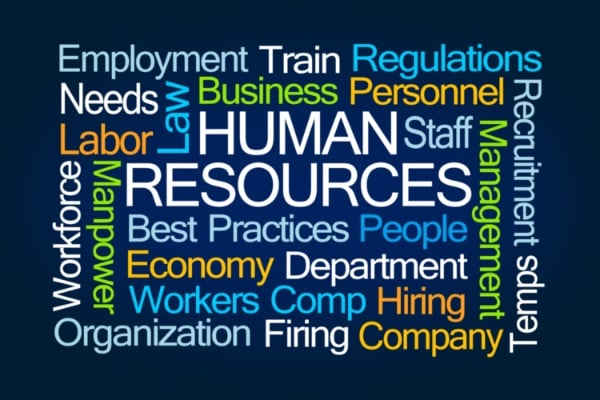
Confronting The Individual
For many supervisors, confrontation is the most difficult part of the process. Substance abuse professionals have developed techniques to handle misbehavior from substance abuse better.
Familiarizing yourself with company policies can help you confidently and effectively deal with misconduct. A supervisor should rehearse the delivery of these policies to help control the situation.
You can help a worker by contacting them with employee assistance programs to help monitor their drug or alcohol abuse.
Testing The Driver
If a supervisor observes behavior that rises to reasonable suspicion, they must refer the DOT driver for a test.
Testing cannot be arbitrary. To order a test, you must accurately observe appearance, behavior, speech, and odors indicating the potential use of substances or alcohol.
You must have an official DOT negative result before allowing a driver to get back in a truck.
The Foundational List of FDA-Monitored Drugs
The drug testing process includes:
- Marijuana (THC)
- Cocaine
- Phencyclidine (PCP)
- Amphetamines
- Methamphetamine
- Opioids
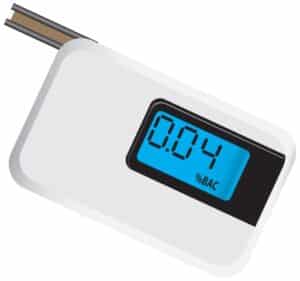
Creating a Reasonable Suspicion Checklist
The following is an example of a reasonable suspicion checklist:
- What is the sequence of events that led you to believe that there was reasonable suspicion?
- If you have reasonable suspicions of drug use, why do you believe drugs are the cause? Are there any additional factors that could have contributed to the observed behavior?
- What was the employee’s demeanor? After the confrontation, did their attitude lead you to reasonable suspicion?
- How was their physicality? Were they defensive, fidgety, angry, or agitated? Or were they calm and cooperative?
- Did the employee appear physically or verbally impaired (poor balance, lack of coordination, slurred speech)?
- Did other employees contribute information about the behavior or appearance of the employee that contributed to the reasonable suspicion? Were any witnesses that would find the employee responsible for reasonably suspicious activity?
- What was your initial impression when you became suspicious of drug or alcohol use? Did you feel uncomfortable, or was it a gradual process that inevitably led to the decision?
Several factors contribute to a supervisor’s reasonable suspicion checklist. Noting these details can help maintain a drug-free environment.
Keep a detailed account of an individual’s behavior through a suspicious checklist. Your goal should be to strike a balance between protecting the public and your motor carrier and safekeeping the privacy of your drivers. Above all else, you want to document your findings in writing, and the written facts must be objective. We have created a starting point sample DOT Reasonable Suspicion Checklist that you can take and modify for your business. There are also other examples that you can follow as well. In the end, you want to create a checklist that meets the requirements of the law and fits the model of your business.

Reasonable Suspicion Checklist & Testing: Final Thoughts
Reasonable suspicion testing aims to identify drivers abusing controlled substances and/or alcohol. These individuals must be removed from the road if under the influence.
As a designated supervisor, regulations require understanding the triggers that warrant testing. In addition, you must explain your reasonable suspicion via written documentation.
Keep the roads safe today by observing and ordering tests for any individuals under the influence of drugs or alcohol. Hopefully, the DOT Reasonable Suspicion Checklist sample will help you create your personalized checklist.